I have been trying to create a sensor that detects when a golf club hits a golf ball. My idea was to have a LIDAR sensor continuously poll the head of the golf club, and return a positive indication when the distance has changed significantly. To do this, I use the VL50l0X. However, as I get further away from the golf club (>15 cm only), the LIDAR stops sensing where the head is, returns an out of range signal. I have tried different range profiles but the same error is returned.
It is connected to the 3.3 V output on an Arduino Uno, using the example code provided by Adafruit.
I believe this may be due to the fact that the golf club is angled away from the LIDAR (about 70 degrees), as, when I substitute the golf club head for a flat surface, it works as intended. I would like to ask if there are different sensors I can look at to this application, or some other way to approach this problem. I was advised that a shock sensor would not be the best idea due to the time difference between the golf club hitting the ball and the sensor.
